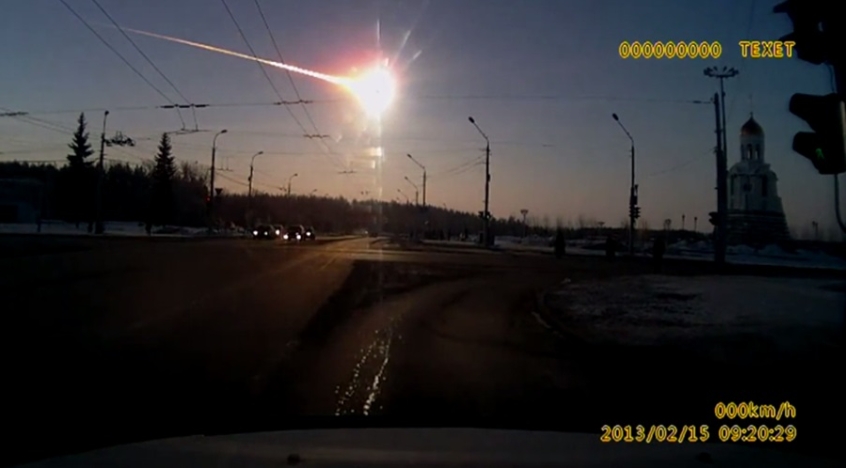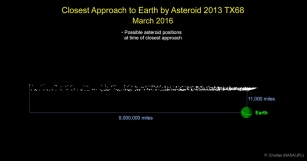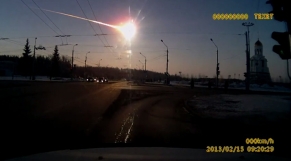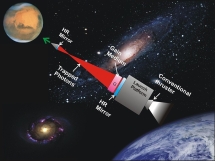
For the past few months, asteroids have been making close approaches to Earth, fuelling fears that these space objects may someday hit our planet and cause countless deaths and massive destruction.
We can, however, ease our fears now because American scientists are already developing a high-powered laser beam to defend Earth from these approaching asteroids.
A team of researchers at the University of California has conducted tests on a weapon called De-Star, which stands for Directed Energy System for Targeting of Asteroids and exploration. The researchers are becoming more and more convinced that this technology may actually work.
"Generally speaking, the technology is available today," said Qicheng Zhang of the University of California, Santa Barbara, one of the authors of the project, as quoted by The Telegraph.
The author nevertheless acknowledged that the team would have to develop a device that will be powerful enough to destroy giant asteroids.
"The main challenge with building a full De-Star is the necessary scale to be effective," Zhang said.
The research team has nevertheless succeeded in testing the De-Star's technique on Earth, by blasting a piece of basalt using laser beams. Basalt is a type of rock from frozen magma that has a similar composition as asteroids.
The team managed to dissipate the asteroid-like rocks in a process known to scientists as sublimation, or turning solid objects into gas. When the rock turned white hot, it began to lose mass.
The team was also able to use the effect to slow and reverse the rotation of a spinning piece of basalt, which means that it can be utilised to direct an asteroid away from Earth.
"That gas causes a plume cloud — mass ejection — which generates an opposite and equal reaction or thrust — and that's what we measure," Travis Brashears, a student who has worked with the group, explained.
Brashears nevertheless admitted that this laser beam technology is still limited at present, because it takes time to dissipate a massive asteroid. In particular, the researchers estimate they could use a 10 kW laser – less powerful than some used by the U.S. military, for example – to deflect a 100-metre wide asteroid over a period of 30 years.
The team is also developing a smaller version of the laser beam device that can fly


















